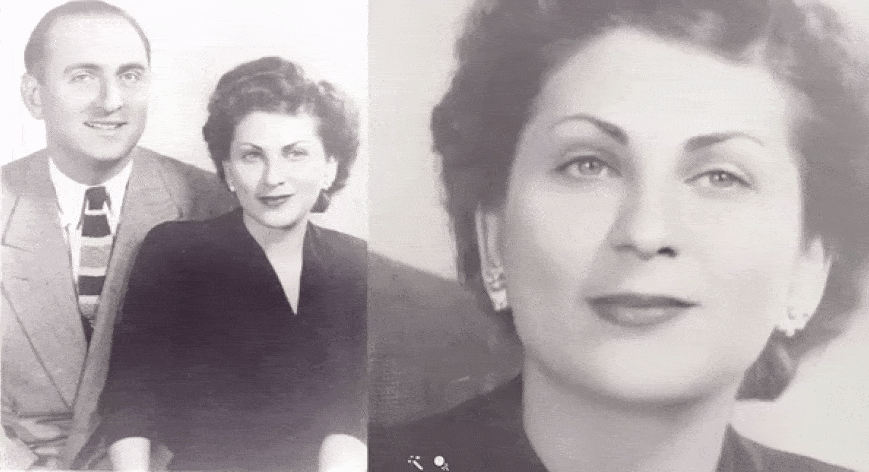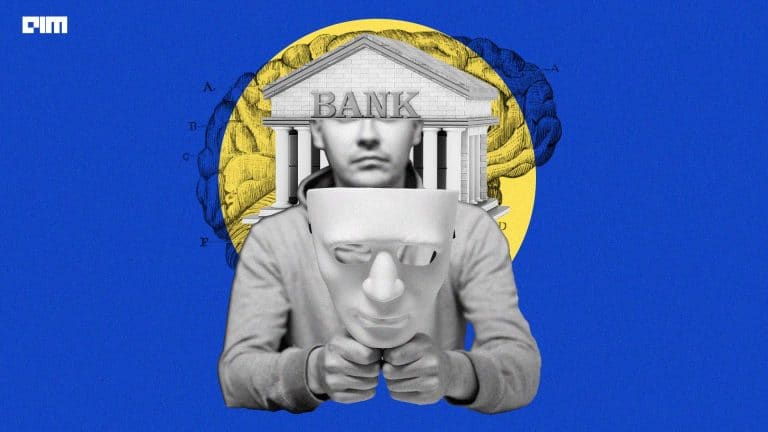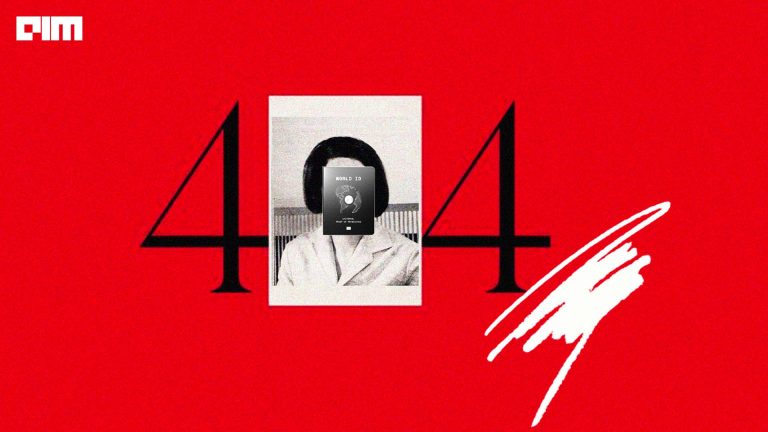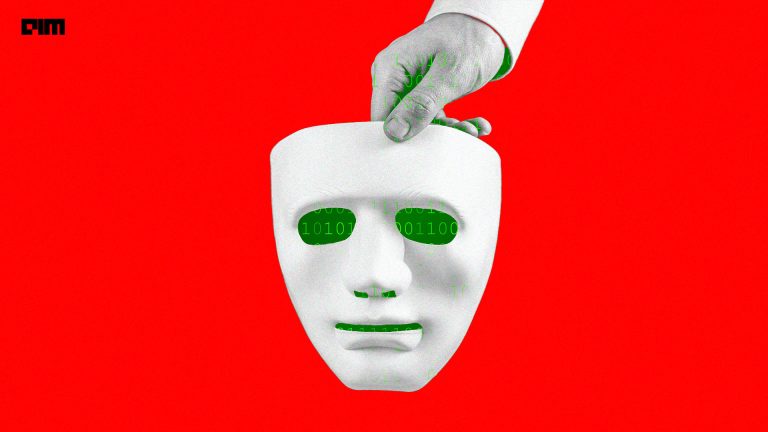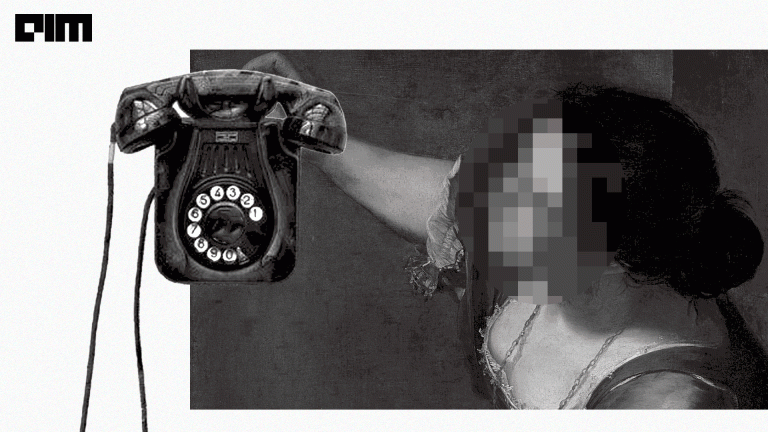Deep Nostalgia has created a lot of buzz in the industry, where people are using the AI-based app to animate their old family pictures into a short fake video. If you thought Deepfake videos could pose dangerous implications, wait until you see what its purported sister ‘Deep Nostalgia’ can do.
Deepfake, deep learning, and now Deep Nostalgia are all the brainchildren of the deep tech class of organisations that use emerging technologies like artificial intelligence, robotics, blockchain, etc., to innovate and come up with innovations.
“It makes me so happy to see him smile again!" Try our new #DeepNostalgia #PhotoAnimation feature for yourself and prepare to be AMAZED!!! https://t.co/p3h600G3MX pic.twitter.com/YdAn9IxyW0
— MyHeritage (@MyHeritage) February 28, 2021
Where it all began
Just like Queen Elizabeth’s deepfaked dancing video, this new tool has managed to resurface some of the old photographs of people’s long-gone dead relatives. Only, there was something about these photographs because they seemed to eerily come alive.
A DNA genealogy company, MyHeritage, which offers a genealogical search engine to trace ancestry came up with this Deep Nostalgia AI tool which is already selling like hotcakes. It takes a perfectly still portrait photo and blows life into them by applying realistic animations like smiles, blinks, and head tilts to make it look like a video of the person.
The technology behind this feature is provided by D-ID, an Israeli company that produces the animations using multiple drivers, each of which is made up of a fixed sequence of movements and gestures. These drivers guide the subject’s movements in the photograph accurately to be transformed into a small video clip spanning a few seconds.
Deep Nostalgia Or Deepfake?
Deep Nostalgia is a part of the latest digital resurrection trend, which has become all the rage online. It is also a sub technology of deepfake, which is infamous for providing the means for malicious users to create “believable” fake videos of real people.
Deep Nostalgia is derived from deep learning techniques. The algorithm directly learns and understands from data and establishes an independent, artificial neural network built on the algorithm that does all the learning. It also enhances the photograph by adding sharpness, and colour and even correcting blurred photos, stated by the official blog post.
Deep Nostalgia and deepfake belong to the same league of technologies which essentially maps photographs and video clips on to each other with remarkable accuracy.
The eeriness of the hauntingly lifelike aura of the resulting photos is caused by the apparent loopholes in the technology, failing to fill in the residual data gaps during the image morphing process.
Industry Reactions
Despite the initial apprehensions surrounding the recreation of dead people’s old photos, people are enjoying sharing the Deep Nostalgia pictures online. It has now turned into a trend and gone viral on the internet.
According to MyHeritage, just like their ancestry services, Deep Nostalgia is intended for ‘nostalgic use, that is, to bring beloved ancestors back to life.’ However, the Deep Nostalgia photos of famous people like Christiano Ronaldo and Abraham Lincoln are certainly giving people a laugh.
Users who have managed to preserve really old black-and-white photographs of their grandparents and relatives might find it easier to store the Deep Nostalgic version for many more years to come.
In fact, with Deep Nostalgia, it feels surreal to see old photos of their immediate family do almost believable things on video like smiling and laughing, which is giving users momentary awe and joy. It’s also great to see what ancestors looked like when they were candidly tilting their head or blinking. Many people are even finding it moving to experience a deceased parent or family member come alive with Deep Nostalgia which is actually very heartwarming.
Virtunet Systems’ CTO, Bappa Sinha, gave his crude reaction on Deep Nostalgia, saying, “The technology behind Deep Nostalgia and more generally of deep fakes could be used maliciously for propaganda purposes.”
Hany Farid, Associate Dean and Head of the School of Information at UC Berkeley, on the other hand, stated that “The draw here is that visual imagery is visceral and compelling, and we respond to it. We are visual beings. When you see your grandmother or Mark Twain come alive, there’s something fascinating about it.”
Conclusion
Deep Nostalgia is an exciting new tool that has its advantages as well as dangers. As correctly identified by its makers, this technology in the wrong hands could result in dangerous deepfake videos circulated online. Consequently, these deepfake videos can also pose the risk of creating more fake news on the internet.
Furthermore, many industry experts have questioned the privacy aspect involved in the Deep Nostalgia app and alarmed by the cybersecurity risks the tool can bring if the data is mishandled. The feature is currently restricted to just short animations to prevent improper use.


